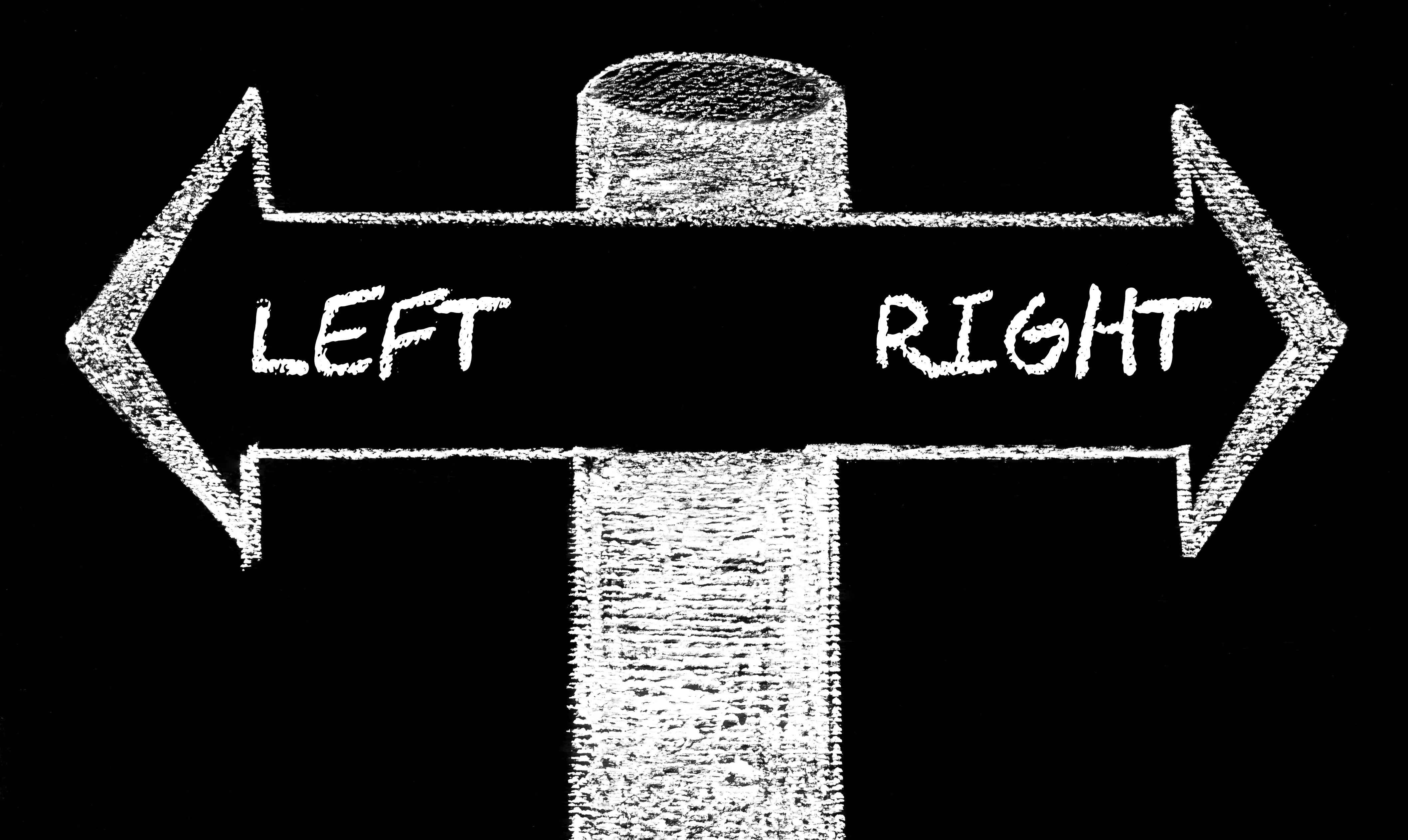 Sidedness in behavior – known scientifically as laterality – is commonly observed with dairy cows. Cattle express laterality naturally when choosing which side to lie down or which side of the milking parlor to enter. Over the years we’ve realized that this preference for one side over the other actually reflects cerebral specialization of the left and right hemispheres. For instance, the right hemisphere of the brain handles fear and anxiety (i.e., negative emotions); the left hemisphere processes positive emotions and longer-term memories.
Sidedness in behavior – known scientifically as laterality – is commonly observed with dairy cows. Cattle express laterality naturally when choosing which side to lie down or which side of the milking parlor to enter. Over the years we’ve realized that this preference for one side over the other actually reflects cerebral specialization of the left and right hemispheres. For instance, the right hemisphere of the brain handles fear and anxiety (i.e., negative emotions); the left hemisphere processes positive emotions and longer-term memories.
Because of this relationship between laterality and the very different functions of the right and left hemispheres of the brain, behaviorists believe that expression of a side preference is related to the cow’s emotional state and what they perceive as stressful or even threatening in a given situation.
A study on laterality led by Australian researchers caught my attention in the latest issue of Applied Animal Behaviour Science (2018. 207:8-19). They assessed the emotional state and level of stress in dairy cows using a “forced lateralization test.” This sounds complicated, but essentially the cows were asked to decide which side of a person to pass on when walking down a barn lane. The person was someone they had never seen before. They stood in the middle of a return lane where cows exited the parlor following the afternoon milking. The lane was 14.1 ft wide and about 77 ft long.
Here’s how they interpreted the choice made by the cows: If a cow passed the novel person on the right side, viewing them with their left eye, which is connected to the right brain, that indicated that the cow was more susceptible to stress and anxiety based on the known biology. Of course, the opposite would be true of cows passing the person on the left side. Previous research shows that most cows, and especially subordinate ones, preferentially use their left eye to view a situation or person that they see as a threat.
So what did they observe during the forced laterality test? Cows that passed on the right side, using their left eye to view the novel person, were more likely than those that used the left side to be anxious and raise or tuck their tail, sniff the ground, and walk more slowly. In addition, the cows that passed on the right side were more likely to pass by without turning to look at the person, they typically passed in single file, and were more likely to defecate. In contrast, cows that passed on the left looked at the person as they passed and were more likely to pass in pairs rather than one at a time. They appeared less anxious and stressed.
Interestingly, higher-producing cows were more likely to pass on the right side. It’s not known exactly why this happens, but it may be that cows stressed with higher milk production levels are more anxious and prefer to view the unknown person with their left eye (which is connected to the right hemisphere of the brain that processes fear and anxiety).
The decision to choose one side over the other to pass the novel person in the barn alley appears to be repeatable and consistent, and is in fact a coping strategy that allows cows to most effectively deal with an environmental stressor or source of anxiety. The researchers also assessed ear positioning as an indicator of anxiety or stress, but they concluded it was too variable to be useful on farm.
The results of this study showed that cows passing an unknown person on the right side are more likely to be anxious and are more likely to be higher-producing cows. More work is needed on the role of laterality in dairy cow behavior and how it signals her degree of comfort with her surroundings. But it seems safe to conclude that monitoring on which side a cow routinely passes an unknown person or some other source of stress or anxiety could be useful on-farm to detect anxious or stressed cows. In the future, we may want to know if our cows are lefties.
Source: Miner Institute’s Farm Report.









